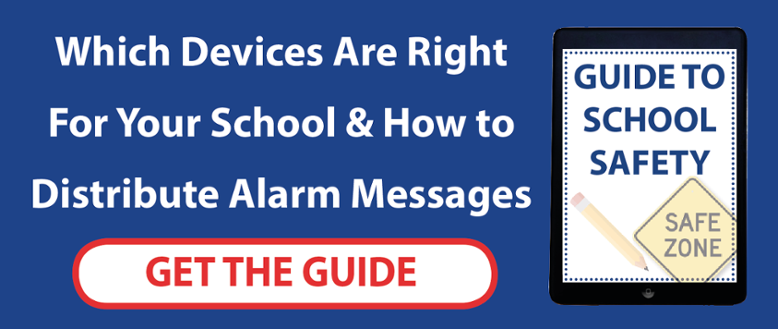
Managing school safety is complex task, with many hidden challenges that can be easy to miss. As schools become a more dangerous working environment for both teachers and students, it is important to adapt to the unfortunate changes that are present. Violence in schools against staff is a bigger threat than it once was, with many students lacking respect for figures of authority. Working in such a challenging environment can be difficult for many teachers and ensuring the right safety measures are in place can make it a little easier. This article will look at the challenges teachers are facing, and how you can incorporate new safety procedures into the management of your institution.
Challenges Faced by Teachers Today
Violence
Violence has become a common trend in schools, both against students and teachers alike. With the rise of acid attacks and stabbings among young people, and the normalisation and desensitisation to violence, teachers have a right to be concerned for their own safety.
Stress
With pressure from authoritative bodies and targets to achieve, being a teacher in today's world is a lot harder than it used to be. Teachers are twice as likely to experience problems with stress than those in other professions (according to HSE statistics). With the threat of violence, heavy workloads, and long hours, it is unsurprising that teachers are more vulnerable to stress than those choosing other careers.
Responsibility
The responsibility that is placed on teachers is often overlooked. Many would agree that being a teacher is a responsible job, but there are a number of factors that people forget about. For example, a teacher is responsible for their own safety and the safety of everyone in the classroom. This means they must be the first to respond to cases of violence or any accidents that occur. Furthermore, teachers are also responsible for escorting their students to safety in the event of a fire, or any incidents that involve intruders in the school. In addition to these responsibilities, teachers must also ensure that they strive to increase grades among dozens (sometimes hundreds) of students. Many teachers have to deal with all of this responsibility alone, often with nobody else to turn to in the classroom.
Violence Statistics
Unfortunately, violence has become commonplace in schools, in 2014 teacher Ann Maguire was fatally stabbed in front of her class by a student. In the two years before this, government statistics showed that there were 17,680 recorded cases of physical assaults against teachers by students. More recently, statistics from the ATL Teacher's Union showed that between 2016-2017, forty percent of teachers surveyed had experienced violence against them from students within the last twelve months. Police statistics show that between 2014-2017 there were around 700 call outs that resulted in weapons being confiscated from school students. With the rise of acid attacks and stabbings in the UK, it is fair to assume that the threat against teachers may increase even more. In London alone there have been 36 or more fatal stabbings, and 62 murders overall between January and April 2018. These shocking figures show the need for an increasing awareness to the vulnerability of teachers in regard to violent attacks, and school safety overall.
Ideas to Improve School and Teacher Safety
The above challenges and statistics show that there is still a need to improve safety measures for teachers, and for other school staff. There are several ways you can make teachers feel more comfortable and reassured at work. With all of the challenges teachers face today, it is likely that their performance as professionals is being compromised. The ideas below can help to improve both safety and performance overall, and provide further reassurance to teachers and school staff.
Regular Scheduled Breaks
Breaks are a common occurrence in schools but ensuring that breaks give enough time for teachers to unwind and also voice any concerns they have is very important. If breaks are shortened in an attempt to increase KPIs, it is likely to have a negative impact on the overall experience of both teachers and students. Teachers need regular breaks to avoid fatigue and discuss school-related issues with their colleagues.
Discreet Alarms
Teachers should have access to discreet panic alarms to alert others in the event of an attack or accident. Due to the nature of teaching, many teachers work alone for long periods of time and are very outnumbered by their students. In instances where an attack or injury occurs, it can be hard to alert other staff members who are not in the classroom and may even be over the other side of the school.
Meetings
Staff meetings allow teachers to voice any concerns they have in regard to safety. Some teachers may wish to discuss certain students and inform others about what they have encountered. This can help to prevent any dangerous occurrences and give teachers the knowledge they need to keep a close eye on certain individuals. In addition to this, teachers may have concerns about different safety aspects other than violence. For example, they may have noticed that something in the classroom has the potential to cause injury and is in need of maintenance.
Checklists
Checklist’s are a great way to ensure that nothing is missed when it comes to health and safety planning. Following a checklist and making staff aware of this can help to prevent intrusions, accidents, attacks, or injuries occurring in the school. You may wish to tailor a checklist specifically to focus around areas for concern that are particularly prevalent in your school.





